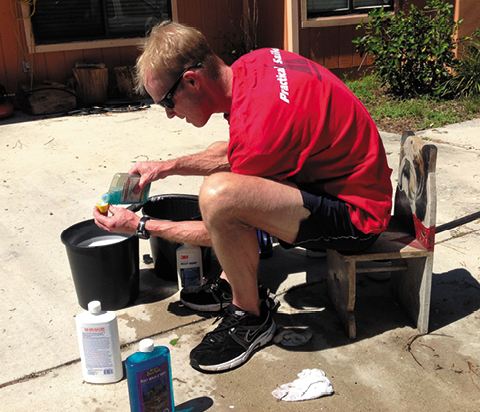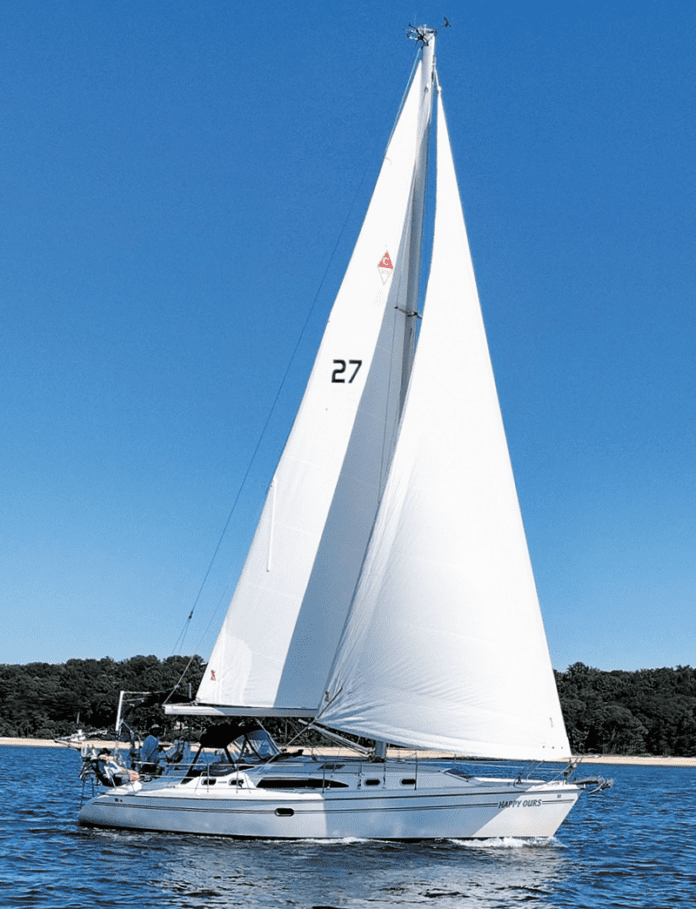DIFFERENTIATING FIRS
I enjoyed your destructive wood testing and your patience in waiting eight years to report comprehensive results (see PS December 2023, “Wood Rot Prevention Eight Years Later”). It is useful to note that the phrase “fir” is used rather indiscriminately and is worth a little refinement. Douglas fir is a naturally rot resistant species but is difficult to find. It is found untreated on older boats often in pretty good shape. I have dug up 25-year-old treated wood foundations made of Douglas-fir (labeled DF) and was very pleasantly surprised at the condition of the wood. Hem-fir (Hem, Hem-fir, H-F) is a generic label for a range of trees, nominally hemlock or fir. It is the most common kind of “fir” available (at least in the upper Midwest). Treated or not, it is terrible at resisting moisture and rot. Ponderosa pine (PP) is also commonly used in treated lumber and is a modest performer. Southern yellow pine (SYP) is also a great rot resistant species and is found in premium treated lumber. You may also find treated spruce, pine, or fir lumber (S-P-F) which is also a terrible performer. When buying “treated” lumber it is important to read the grade stamp for species as well as the intended use designation—above ground or in ground. The USDA Forest Products Lab in Madison, Wisconsin is a great source and their scientists are remarkable approachable about anything woody.
Chris Cox
Legacy, Hunter 30
Viroqua, Wisconsin
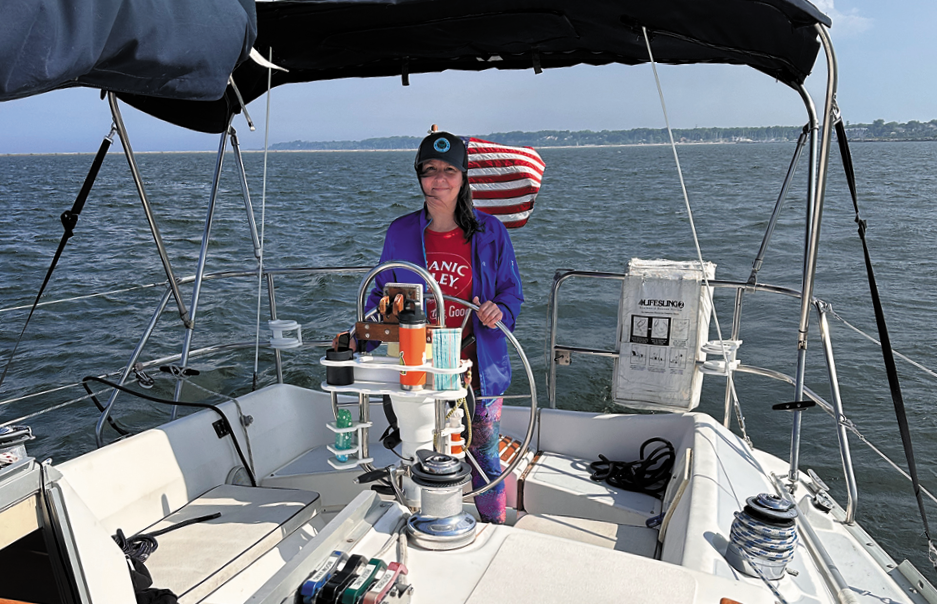
WHAT ABOUT BIOBOR MD?
I am a long-time subscriber and have been using a combination of Biobor JF and Star Tron Diesel for many years as was your recommendation in 2015 (see “Additives vs. Gum Sludge”). You had limited test results for the Biobor MD at the time, as it was then a new product. Your report said it would be tested at a later date. I’m wondering if the Biobor MD has been tested and if it might work possibly as a replacement for the Star Tron Diesel. As a side note, I previously contacted Star Tron and was told that the diesel and gas versions were both the same product with different dosing instructions for each fuel.
I also contacted Hammonds and was told the JF has a shelf life of three years and the MD for two years. Considering the amount of fuel most sailors use, we probably won’t finish an 8-ounce bottle within its life expectancy. The manufacturing date is not printed on the label, but can be found on the bottom of the bottle. I just finished a 6 year old bottle, not realizing that it is expired, and I have another full 16 oz. bottle that is technically good for 1,280 gallons of diesel.
Bruce Weller
Happy Ours,
Catalina 375
Oyster Bay, NY
Biobor MD was later tested for corrosion prevention only and did well enough to rate as one of our Recommended additives. It also is an effective biocide that will take care of bugs as well as the JF blend. As for sludge reduction, our testing has been inconclusive. Although we tried, we could not measure gasoline gum formation or diesel sludge formation under accelerated aging conditions equivalent to three years. The only way we could generate measurable sludge was to allow copper corrosion to accelerate the process, and the only thing that correlated to sludge prevention was good control of copper corrosion, which Biobor MD managed well. As for broad claims of sludge reduction, the additives to combat that are already in the fuel you buy and we remain wary of any claims to prevent this.
THROUGH BOLT ALTERNATIVE
With regard to your recent report on through bolt substitutes (see “Through Bolt Alternatives, PS October 2023), you should check out the fasteners at Click Bond (www.clickbond.com). We use these on aircraft, on boats, and in our office in Watertown, CT. I’m currently doing a complete rebuild of a Macgregor 65.
Tom Whelan
Macgregor 65
Bethlehem, CT
WINCH HANDLE HOLDERS
As I read the July/August issue about winch handle holders, I wondered why you neglected to mention the new Easy Sea Flipper winch handles. I have used them on my Catalina 28 MK II and my Seafarer 30 for about two years and love them. They don’t require removal to strip the line from the winch, so there is no need for a holder—just pull the sheet straight up.
Guy Lazure
Vitamin Sea, Hunter 41 DS
Wiarton, Ontario, Canada
While we arrange our own test, we’d be interested in hearing from other readers with experience using the Easy Sea Flipper, a winch handle that can fold for stowage while it is installed on the winch handle.
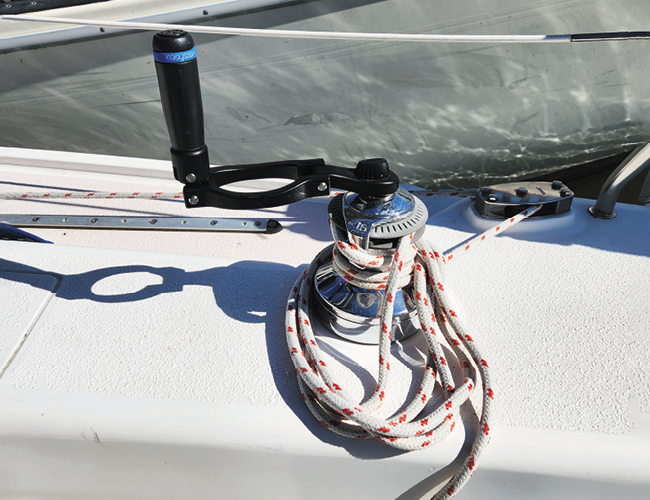
CLARIFICATION
A vessel not under command (NUC) is never expected give way to other vessels. Our January 2024 report “Sorting Out Confounding COLREGs Confusion”) has been corrected to clarify this. The COLREGs make no reference to “privileged” or “burdened”vessels, or “right of way.” The online version omits the term “right of way,” and uses only the accepted terms “give way” and “stand on” vessel.
If the reports in this month’s issue whet your appetite for more ambitious projects, the PS archives on www.practical-sailor.com hold reports covering any imaginable boat project. The print issues and PDFs are usually more detailed than the digital stories online, so after finding your desired report by using our search bar or Google (search “Practical Sailor” + topic) be sure to download the PDF for the corresponding issue (one month after the digital story’s posting date). If you have multiple projects in mind, our anthologized ebooks save you the hassle of clicking through back issues. Our ebooks can be purchased and downloaded at our online bookstore (www.practical-sailor.com/products). All ebook sales directly support our testing program.
PAINTING YOUR BOAT
Before compiling our four-volume ebook series on prepping and painting your boat from bottom to top, PS testers carried out major refits and restorations on four different boats, one of them just last year. This experience not only gave the team time to test the latest coatings products on the market, but also to refine amateur-friendly techniques like rolling-and-tipping that can help novice painters create a professional finish at a fraction of the cost of a professional job. “Painting Your Boat from Bottom to Top” gathers the best, most recent test data on coatings we’ve collected over the years.
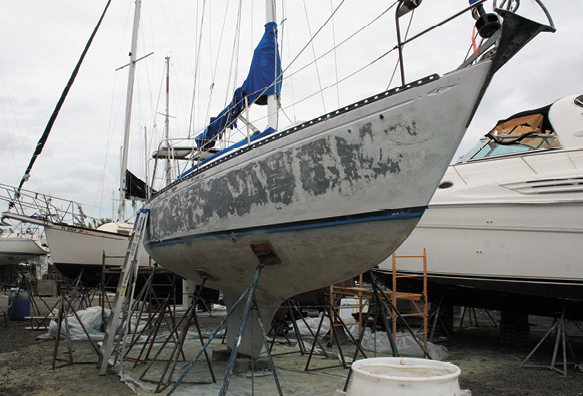
SAIL REPAIRS
In the market for a mainsail or jib? For most recreational sailors, a new set of sails will be one of their biggest investments in their boat. Whether you’re ready for new sails, curious about used sails, or need some guidance on cleaning, repairing or recutting your own sails, our archives have what you need. Recent work focuses on do-it-yourself repairs, including recutting old sails (see “Getting the Most Out of Older Sails,” PS January 2022), painting your own genoa UV cover (see “The Case of the Painted Jib,” PS January 2021), repairing torn sails (see “4 Years Later Sail Repairs Hold Well,” PS March 2020) and cleaning a mildewed main (see “Quick and Safe Sail Cleaning,” PS February 2018). For a comprehensive look at everything from storm sails to cruising spinnakers, check out our three-part ebook series, “A Look at Sails.”
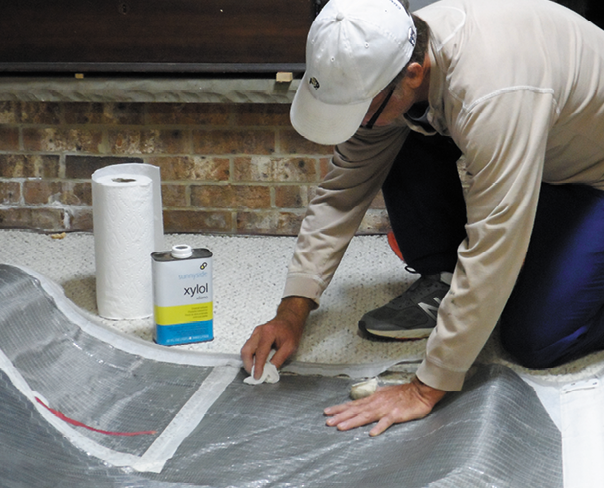
MARINE CLEANERS
Are you inspired by Drew Frye’s deep-clean starting on page 20 of this month’s issue? The three-part “Marine Cleaners” ebook covers everything else you’ll need. The series includes volumes on basic marine cleaners, specialty marine cleaners, and gelcoat restoration and maintenance. You can purchase the whole book, or just the volumes that you need. If you own a weathered boat that needs more than just a bath, the complete series presents a foolproof path to restoring shine.
